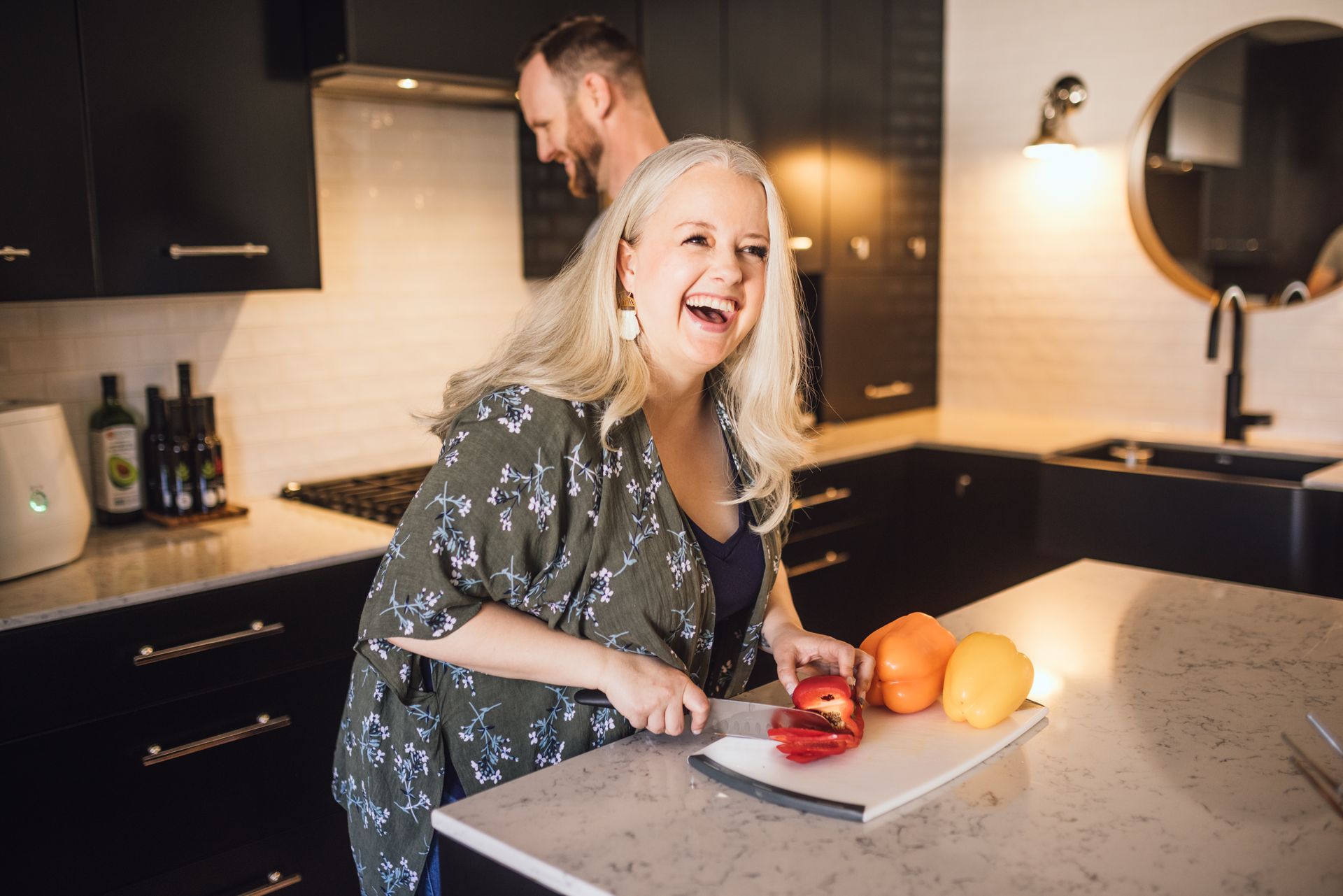Movements to Move Emotions
Someone has betrayed or disappointed you. Where do you feel it?
A recent health diagnosis makes an appearance in your life. Where do you feel it?
You didn't get that promotion or sign that client, financial stress arises. Where do you feel it?
Every emotional experience creates a physical experience in our body.
Here are typical places the body holds onto emotion and trauma and how you can move through it:
Jaw. A result of head trauma, chronic anxiety and the feeling of biting onto the tongue to suppress emotions in life (“bite your tongue”) often find a way to be stored in the jaw, leading to chronic tension. Here is a guided video to help you move through this.
Diaphragm. This is a muscle under the ribs that facilitates breathing. Shallow breathing and chronic bracing of the diaphragm are often associated with suppressed emotions and trauma in the diaphragm. When our system is in a chronic state of self-protection, we often see the holding of our breath and the tightening of our diaphragm closely related. Here is a guided video to help you move through this.
Psoas muscles. These muscles are deep in the hip that brings your leg towards your chest and that contracts in our startle response as if we needed to run from something. When trauma is stored in these muscles, it can lead to hip pain and chronic low back. Here is a guided video to help you move through this.
Pelvic floor. The female reproductive system is a powerful space that can hold onto trauma. It is deeply associated with sexuality and can hold onto suppressed emotions for a long time. Here is a guided video to help you move through this.
Over time, when we hold onto these emotions without offering them space to be felt, processed, and moved, it can manifest into physical pain.
I invite you to see pain as an alarm bell singing “pay attention to me please!”. Pain is not good or bad, it just is, and worthy of existing.
Pain is one of the loudest ways our body communicates with us, in hopes of falling on open ears. Our bodies are effective communicators and it is up to us to be effective listeners.
Pain has wisdom, and instead of fixing our pain or getting rid of it, I encourage you to listen to what it has to say and increase your capacity to hold it.
Because emotions are stored in the body, motion can guide us to feel, process and hold space for them. This improves our bodies capacity to hold space for pain, which helps us feel more pain-free and resilient.
We can move ‘stuck’ emotional energy and transmute it to holding less power over us. This is why we may cry, yell, and pass gas with physical activity, a common response with some of the somatic moves above too.
Of course, trauma, emotions, and pain are beautifully intricate. When we consider all elements that impact the human biopsychosocial and spiritual experience, such as relationships, physical environment, and our lifestyle, this holistic approach can promote better healing for us remarkable humans.
You are more than a person with tight hips, a “weak” core, or “bad” posture.
You are human.
If you’re challenged with chronic pain and have yet to pursue a holistic approach to befriend it, check out my Making Friends with Chronic Pain video to explore this potential path for yourself.
Cheers to your human journey.
Written by Michelle Falzone, Pivot Your Wellness

References
Common places the body holds onto emotions and trauma. Hindustan Times. (2023, November 5).https://www.hindustantimes.com/lifestyle/health/common-places-the-body-holds-onto-emotions-and-trauma-101699172380795.html












